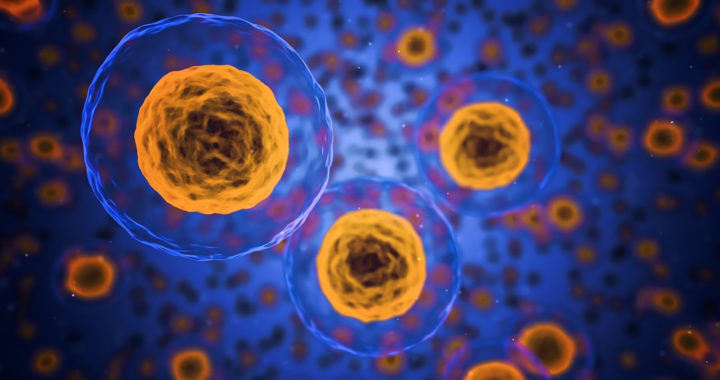Single-celled organisms dominated life on Earth for billions of years. The evolution to multicellular life however changed the entire landscape because it resulted in the emergence of organisms characterized by biological complexities and enormous physical appearance relative to their unicellular counterparts. Furthermore, the appearance of multicellular organisms resulted in the emergence of a new biological environment with complex ecological interactions.
Multicellularity emerged from the evolution of unicellular organisms or more specifically, from the emergence of the capacity of cells to differentiate, specialize, and arrange themselves into tissues and organs. There are many theories explaining the mechanisms by which multicellularity could have evolved. Examples of these are the symbiotic theory and the colonial theory.
Definition of Multicellularity
Multicellularity is simply defined as a condition or state of having composed of more than one cell performing different functions and having different characteristics. A more specific definition states that multicellularity is the differentiation and spatial arrangement of cell types into functioning tissues within an integrated organism.
The condition gives rise to increasing levels of complexity that results in the differentiation of cellular functions and the further development of tissues and organs with specialized functions within the overall organism.
Central to multicellularity is the existence of several unique mechanisms that determine cellular functions necessary for tissue organization. There are four broad processes resulting in the emergence of a multicellular organism. These are cell proliferation, cell specialization, cell interaction, and cell movement.
In cell proliferation, a single cell divides into two leading to exponential division. Cells with different functions or characteristics subsequently emerge at specified locations. This is cell specialization. Coordination between neighboring cells with similar functions transpires in the process called cell interaction. In cell movement, the cells arrange themselves to form structured tissues and organs.
Advantages of Multicellular Organisms
Multicellularity has several advantages. The exponential growth in the number of cells results in a bigger size beyond the surface-to-volume limits set for a single cell. Take note of the fact that most multicellular tend to be macroscopic in contrast to most unicellular organisms. Because multicellularity permits organisms to grow in size, it also permits the development of higher-order structures and tissues with complex functions.
There is also a considerable effect on relative fitness due to size. Large organisms have better protection against predation. They also have better mobility that allows migration to a more favorable environment. Migration promotes species dispersal and survival.
A longer life span is another advantage of multicellularity. A multicellular organism will continue to exist even if a single cell dies or becomes damaged. The duplication of DNA is also an advantage. Furthermore, the proliferation of cells within an organism enables not only faster growth but also built-in biological repair mechanisms.
Note that DNA duplication allows semiconservative replication in which half of the DNA is retained while a new one is formed during cell division. From an evolutionary standpoint, this allows favorable traits to continue in the next generations while also allowing the introduction of more favorable traits resulting from adaptation. Semiconservative replication is essential to the continued survival or fitness of an organism.
Disadvantages of Multicellular Organisms
There are also disadvantages to multicellularity. The resulting complex organism is susceptible to varied diseases arising from the complexity of the biological composition and functions. In contrast, unicellular organisms lacked complex organ systems. This means that there are very few things that can go wrong with them.
It is important to mention that, unlike multicellular organisms, multicellular organisms have the ability to reproduce asexually. This gives them the advantage of not having to waste resources and energy trying to find a mate and engaging in sexual activities.
Unicellular organisms also can take energy by diffusion or osmosis. This removes the need to become mobile to look for food. It is interesting to note that almost anything can be a potential food source for a unicellular organism.
Multicellular organisms are also vulnerable to cancer or uncontrolled cell proliferation. Several researchers have drawn the relationship between the origins of cancer and multicellularity. Carcinogenesis has been around since the emergence of the first multicellular organism.
